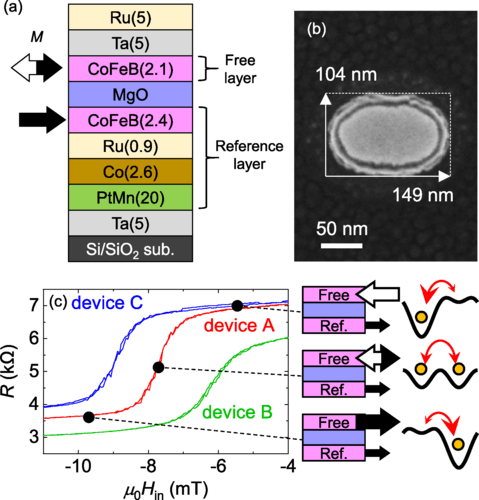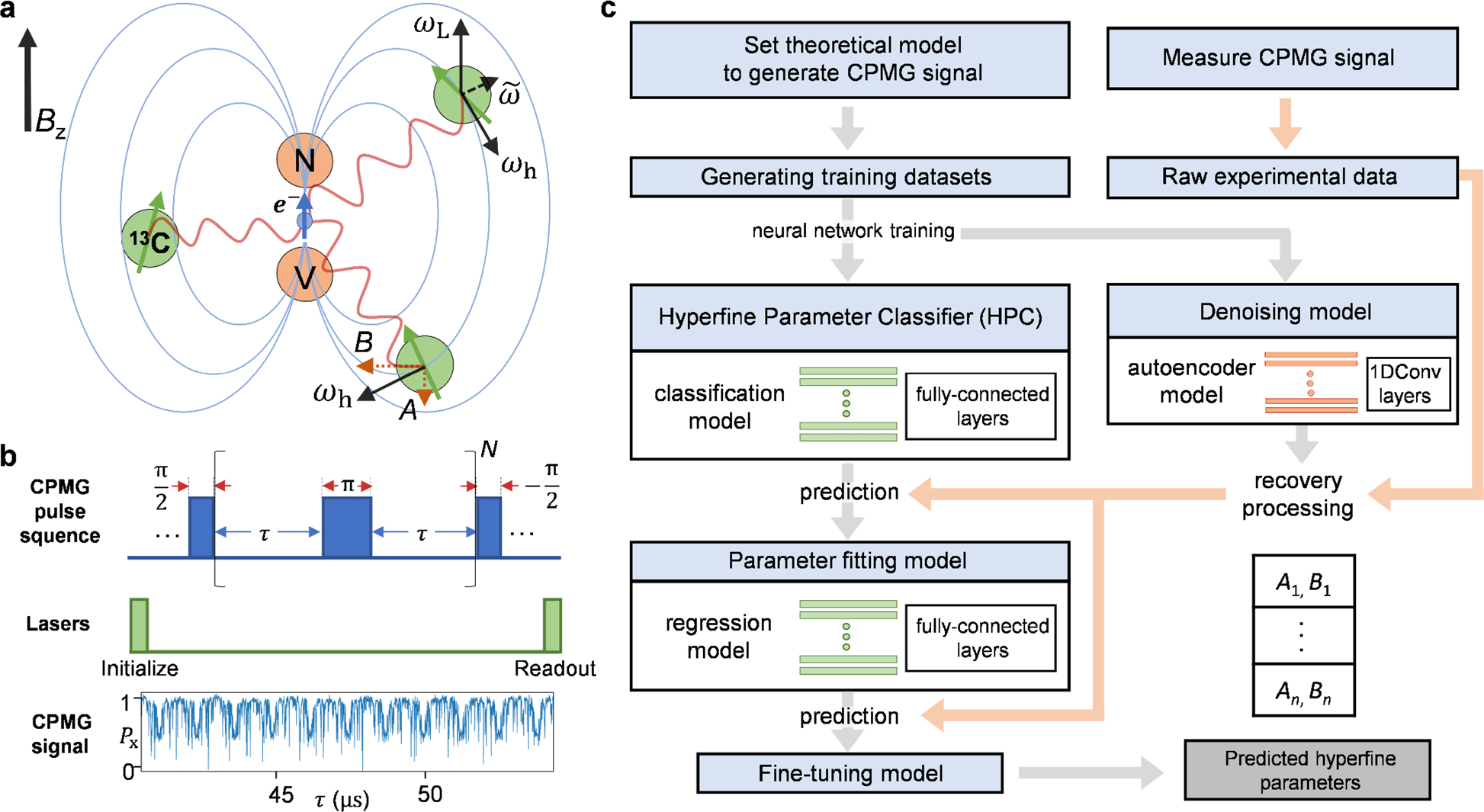Researchers at the Tohoku University and Purdue University have, for the first time, developed the technology for the nanosecond operation of the spintronics-based probabilistic bit (p-bit)—dubbed “the poor man’s quantum bit” (q-bit).
Magnetic Tunnel Junctions (MTJs) are the key component of non-volatile memory or MRAM, a mass produced memory technology that uses magnetization to store information. There, thermal fluctuation typically poses a threat to the stable storage of information.
P-bits, on the other hand, function with these thermal fluctuations in thermally unstable (stochastic) MTJs.
The team demonstrated a spintronics-based probabilistic computer at room temperature consisting of stochastic MTJs with millisecond-long relaxation times. In order to make probabilistic computers a viable technology, it is necessary to develop stochastic MTJs with much shorter relaxation times which reduces the fluctuation timescale of the p-bit. Doing so would effectively increase the computation speed/accuracy. They produced a nanoscale MTJ device with an in-plane magnetic easy axis. The magnetization direction updates every 8 nanoseconds on average which is 100 times faster than the previous world record.
The team explained the mechanism of this extremely short relaxation time by utilizing entropy. Deriving a universal equation governing the entropy in magnetization dynamics, they discovered that the entropy rapidly increases in MTJs with in-plane easy axis with larger magnitudes of perpendicular magnetic anisotropy. They intentionally employed an in-plane magnetic easy axis for achieving shorter relaxation times.
The developed MTJ is compatible with current semiconductor back-end-of-line processes.
The paper has been published in Physical Review Letters.



